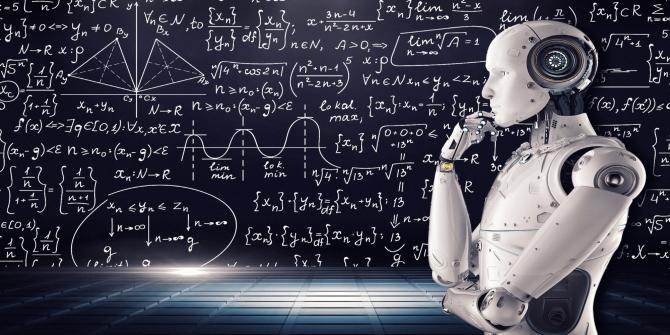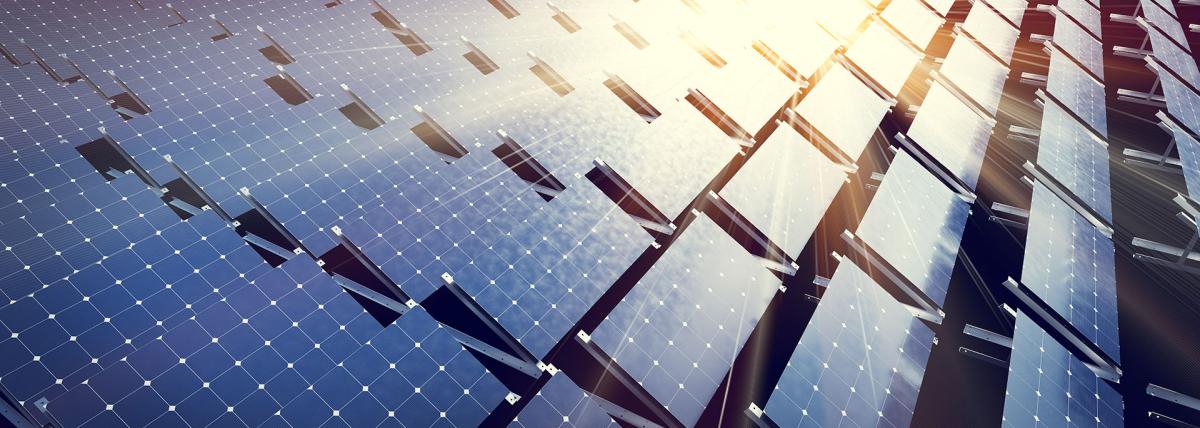
The Physics of Astronomy : Spectroscopy of Stars - Wonders of the Universe
This lesson plan focuses on the following standards.
Construct an explanation of the origin, expansion, and scale of the universe based on astronomical evidence.
● The study of stars' light spectra and brightness is used to identify compositional elements of stars, their movements, and their distances from Earth
Plus HS+Phy.P4U1.6 Analyze and interpret data to quantitatively describe changes in energy within a system and/or energy flows in and out of a system.
HS+E.E2U1.12 Obtain, evaluate, and communicate scientific information about the way stars, throughout their stellar stages, produce elements and energy.
Construct an explanation about the relationships among the frequency, wavelength, and speed of waves traveling in various media, and their applications to modern technology.
● The wavelength and frequency of a wave are related to one another by the speed of travel of the wave, which depends on the type of wave and the medium through which it is passing.
Lesson Grade Level
12th GradeLesson Plan Link/URL
https://docs.google.com/presentation/d/14z2KlqDpRLHGMHz3JseFZWKxYFM7TroQ/edit?u…Subject Area
Science Physical Science P1: Matter P2: Objects at a Distance P4: Energy Transfer Earth and Space Science E1: Earth Systems E2: Earth & the Universe Technology 1. Empowered Learner 4. Innovative Designer 5. Computational Thinker Engineering S1: Engineering & Global Society S2: Apply the Engineering Design Process S3: Apply Mathematics to Engineering S4: Apply Science to Engineering S5: Apply Technology to Engineering S6: Apply Communications to Engineering S7: Apply Project Management to Engineering Mathematics Operations and Algebraic Thinking (OA) Measurement and Data (MD) Expressions and Equations (EE)Related Content

This lesson is designed for Day 3. Students use outside resources to modify and test helmet effectiveness with Pocketlab sensors. In this hands-on lesson, students will create a prototype and run

In this engaging lesson, students will use Sphero robots and a Solar System map to learn intermediate level solar system geography. Students program the robots to move from one location on the map to

In this engaging lesson, students will develop an understanding of how solar panels convert sunlight into electrical energy. They will investigate factors affecting the amount of electricity generated